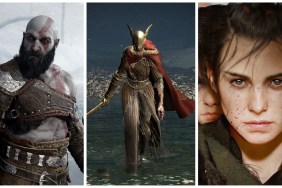Kicking ass and Draking names.
When you’re a game developer, getting “typed” for your content is a little like getting a song stuck in your head: You either need to do something about it… or hope that it’s at least a good song (just imagine what might otherwise get stuck in your head). Naughty Dog develops exclusively for Sony, and they’ve…










